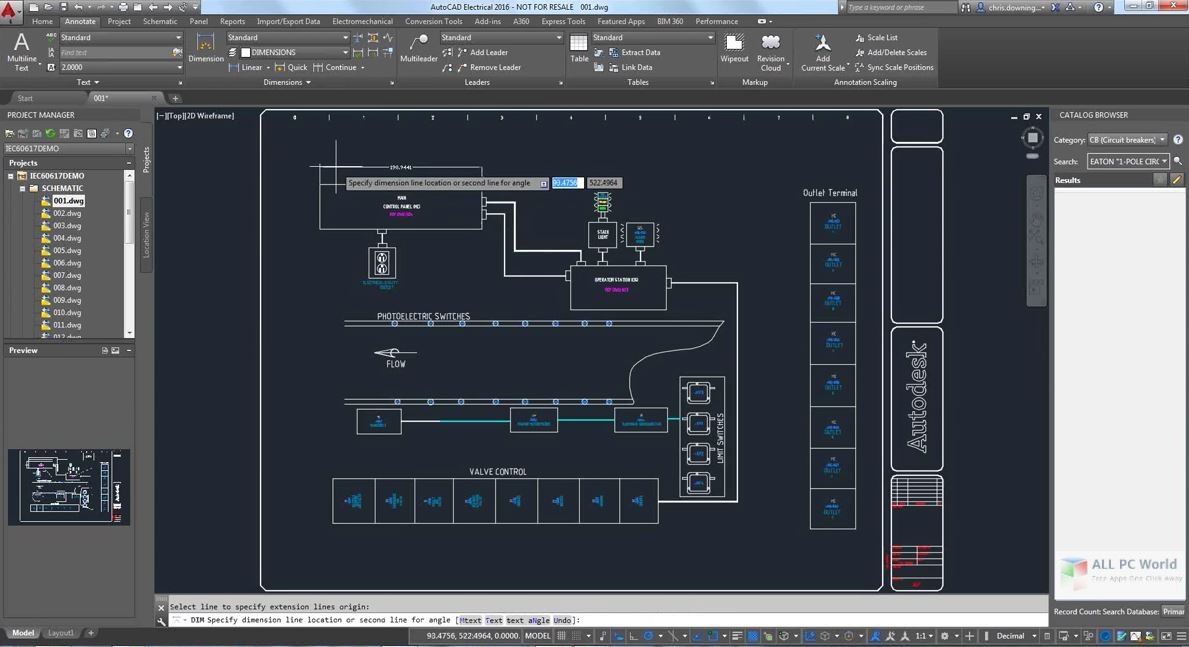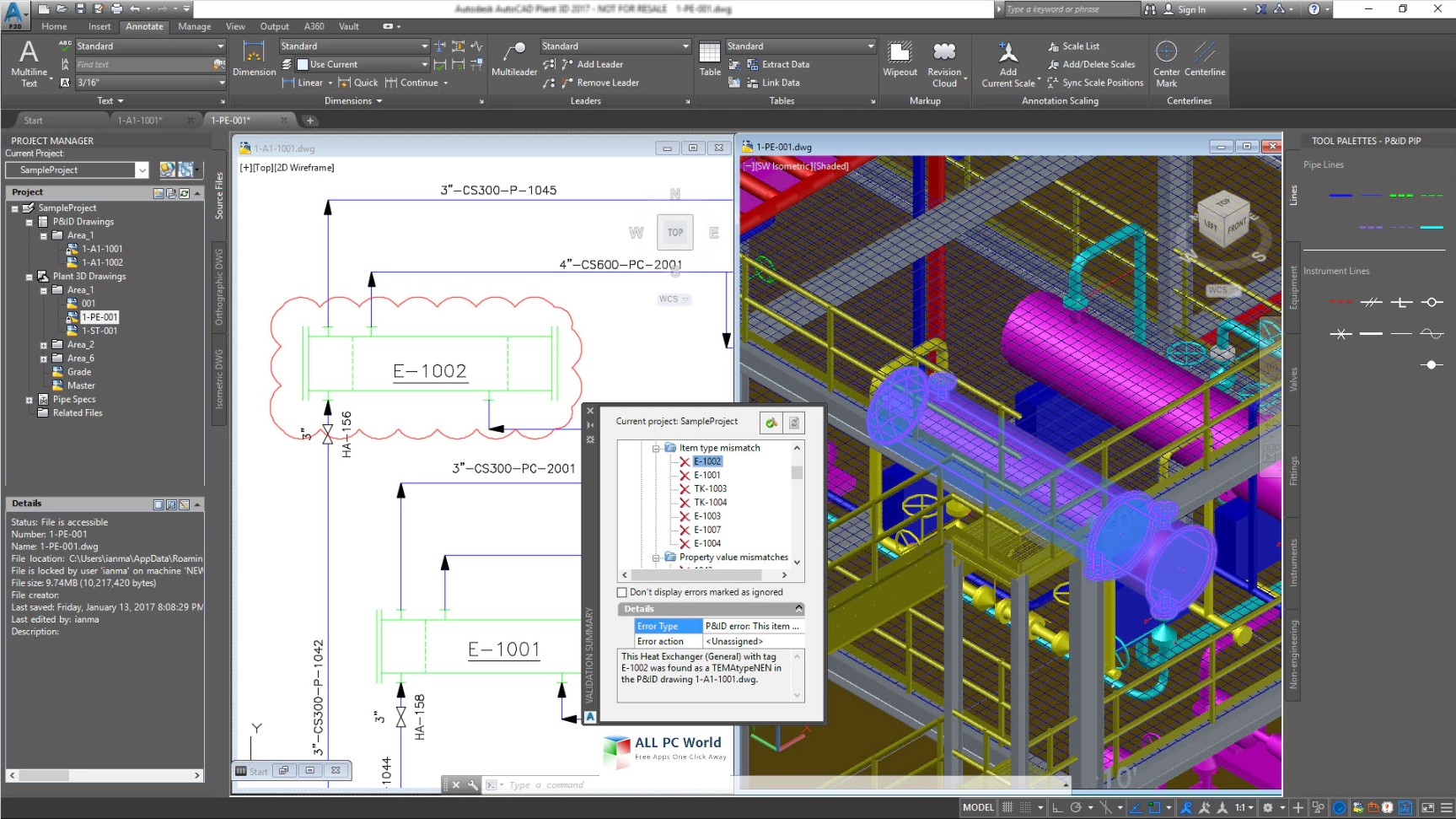

Synthetic biology introduces the notion of biological "parts", which are individual components that can be assembled in different ways to construct synthetic networks with different functions.

While the laboratory procedure at present is borrowed from genetic engineering, concepts such as abstraction and interchangeable parts are taken from computer science and electrical engineering. The idea of engineering biological systems brings together concepts from various fields. One of the consequences of such understanding has been the ability to design and engineer synthetic biological networks inside cells, which has given rise to the field of Synthetic Biology. Systems level modeling of biological systems has provided mathematical explanations for experimental observations. TinkerCell can readily accept third-party algorithms, allowing it to serve as a platform for testing different methods relevant to synthetic biology. Such changes may involve the way parts are characterized or the way synthetic networks are modeled and analyzed computationally. TinkerCell's flexible modeling framework allows it to cope with changes in the field. The same is true for databases of biological parts. At the current state of synthetic biology, there are no established methods for measuring robustness or identifying components that fit a design. ConclusionĪn ideal CAD application for engineering biological systems would provide features such as: building and simulating networks, analyzing robustness of networks, and searching databases for components that meet the design criteria. Downloads, documentation, and tutorials are available at. TinkerCell is a free and open-source project under the Berkeley Software Distribution license. Such modules can be connected to each other, forming larger modular networks. TinkerCell supports the notion of a module, which are networks with interfaces. Models that are constructed using these parts can be analyzed using various third-party C and Python programs that are hosted by TinkerCell via an extensive C and Python application programming interface (API). Each part in this hierarchy consists of a set of attributes that define the part, such as sequence or rate constants. TinkerCell is a visual modeling tool that supports a hierarchy of biological parts. ResultsĪn application named TinkerCell has been developed in order to serve as a CAD tool for synthetic biology. Using a CAD application, it would be possible to construct models using available biological "parts" and directly generate the DNA sequence that represents the model, thus increasing the efficiency of design and construction of synthetic networks. In this field, computer-aided design (CAD) is necessary in order to bridge the gap between computational modeling and biological data.

Synthetic biology brings together concepts and techniques from engineering and biology.


 0 kommentar(er)
0 kommentar(er)
